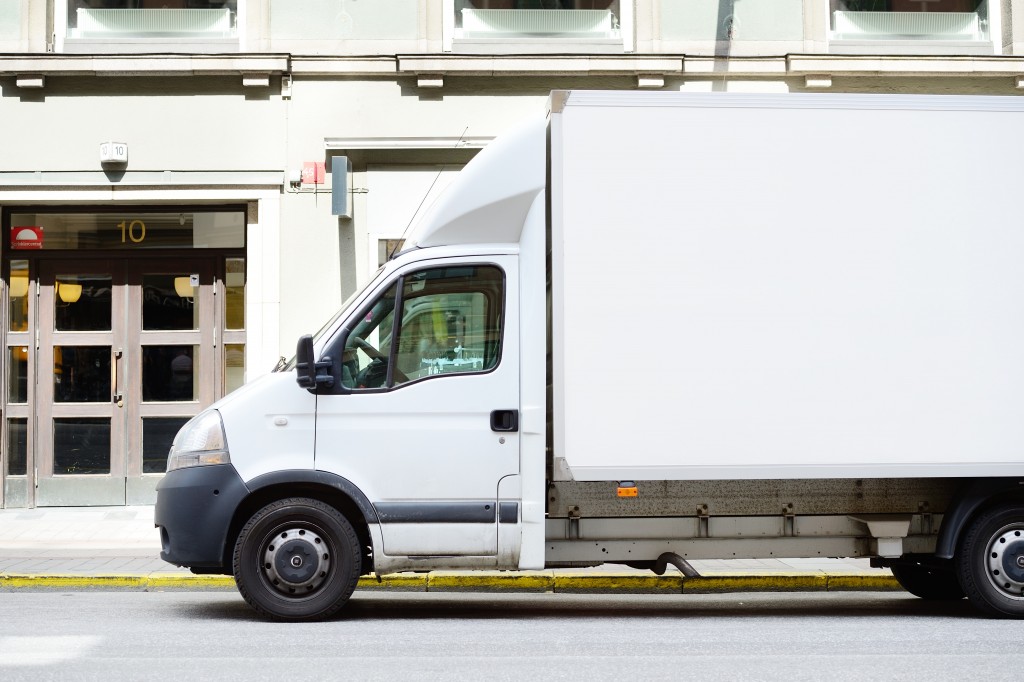The strength of the US trucking industry continues to grow in recent years. Trucks handle over 70% of all freight, with a projected growth of 40% over the next decade. However, even as higher freight volumes – and revenues – are forecast, the industry consensus is that a crunch is occurring in the area of staffing. Capable commercial drivers are in short supply as older drivers retire with few coming along the pipeline to replace them. Changing trends in the industry are also challenging established players and newcomers alike to adapt.
If your business relies heavily on truck transport for product fulfillment, or you are considering scaling up to reach more consumers across the country, here are some key considerations in a rapidly changing industry.
Compliance
Beginning in 2018, mandated installation and use of Electronic Log Devices (ELDs) has ensured the rest and working hours of truck drivers are personally tracked. While this has prevented overwork, it has also reduced the total number of productive hours for truck operators. Some drivers have also complained that it intrudes upon their privacy.
Continued government regulation is only expected to increase, and compliance is a must. You don’t want to go out of business because regulations weren’t being observed somewhere along the way. Third-party professionals can ensure compliance, connect you with certified drivers, and remove much of the administrative work from your plate.
Address delivery

The so-called ‘Amazon effect’ is a result of the growth in e-commerce and the rising preference of customers to interact through apps and websites on mobile devices. Increasingly, today’s consumers prefer to have their orders delivered to their doorstep, or a local collection point.
There may be no consensus best approach to fulfillment – each area has different servicing needs and challenges. You may opt to partner with local small vehicle services, or fully take over end-to-end logistics. Just make sure you have a strategy for the final mile delivery
Data analytics
New technology continues to become available, and as productivity and working hours face constraints, business owners will look more towards analytics for areas of improvement in efficiency. Apps are being developed that can match freight demand with trucking services, similar to how ride-sharing works. Blockchain technology will provide information that helps optimize cargo loads and assess performance history. The use of drones to fulfill deliveries may also gain traction and offer a solution to your fulfillment needs.
You gain an edge by becoming an early adapter of these technologies and learning more about areas of your operations that might have been hidden in the past, and make the necessary adjustments for efficiency.
Customer focus
Today’s information-driven world places even greater importance on the customer. Offering consumers an easy-to-use channel to voice their feedback is a great way to really profile your market. Analytics will inform you of regional demand for specific products, or features.
Demonstrating customer care also goes beyond traditional models of customer service. Providing convenience in the form of one-stop apps where customers can accomplish everything from ordering to tracking is a must. Transparency along every step of the delivery process is also vital to establishing consumer trust.
The game is changing rapidly in freight transportation, and the stakes are growing ever higher. New factors and opportunities are coming in every year. Embrace the challenge, know where you can step things up, and you’ll be on your way to success.

